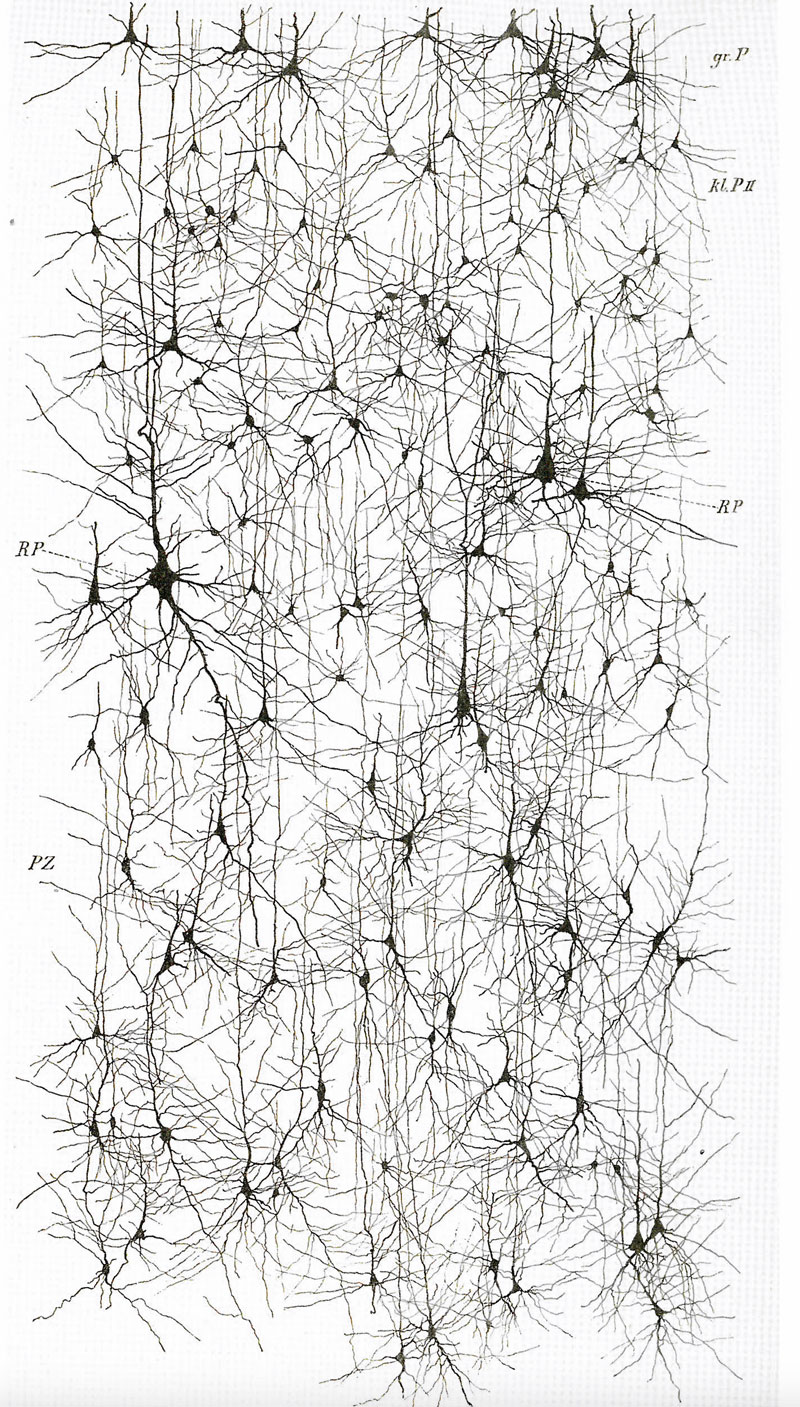While at Lemelson Vineyards, we decided that we needed to take our harvest photos more seriously. Mini horses was the 2012 rendition and remains my favorite. Of course, I envisioned that day and the photo composition differently (something more akin to Frederick Remington’s A Dash for the Timber), but mini horses are more ornery than I ever imagined.
I love the photo here, on the About page, because it exemplifies how I typically make wine. It’s a team venture. Ratio, my tiny wine project, is the counterpoint to that. The choices, the labor, and evolution fall on one person (me) and, if you follow the project, you will join me on an honest journey to understand all the details of winemaking.
About Me
Winemaker Anthony King
I grew up in Texas under the watchful eye of a hard-working mother from an Italian family in upstate New York and a father who somehow arose from impoverished Irish Boston to MIT and later to become a pathologist practicing in Corpus Christi, Texas. My father taught me to think scientifically (as in skepticism and rigor) and my mother taught me persistence and to over-think every decision I make.
I entered into wine with caution: wine shop chap, wine writer, vineyard and winery volunteer, and finally intern in Napa. That afforded me some early mentors that shaped my sensibilities. My first winemaking mentor, Jim Johnson, of Alamosa Wine Cellars introduced me to the vineyard and formed the basis for my knowledge in the cellar. Meanwhile, John Roenigk at The Austin Wine Merchant and well-known Austin restaurateur Michael Vilim stimulated my curiosity and passion for classic acidity in wines from all over the world. In Napa, Michael Terrien at Acacia Winery taught me to be skeptical about everything that I heard from others in the industry (and that skepticism continues to leave me perpetually questioning).
Later, Steve Matthiason and Garrett Buckland guided me during my time as Vineyard Manager at Acacia, teaching me that vineyard management is a lifetime of learning rather than something that any of us can fully understand. I attended Davis somewhere in there, studied tannins and color in Pinot noir with Doug Adams, and voraciously read every textbook I could find from cover to cover (lots of highlighting).
I met my wife in college at Grinnell in Iowa. She was a beautiful anthropology major; I was a nerdy physics major. We have two brilliant and entertaining “kids” who have grown up to be very good people. We moved to Oregon in 2006, where I spent eight years at Lemelson Vineyards and then left to continue to learn with a consulting career. I have been very fortunate to get to work with a number of lovely people and client wineries, including the Carlton Winemakers Studio, where I act as General Manager.
"Ratio is part of my quest for clarity. It is just one of the ways I hope to understand the reasons for each decision in the process of farming and taking the grape to bottle. In the meantime, the goal is classic, ageworthy wines with vibrant acidity and singular expression.
/ Anthony King /
Why Ratio
Anthony King's Father
My father was a pathologist by profession but a mathematician at heart. His never-ending passion for the rigor that math and science give to our observations shaped my sensibilities. Those who know me, both as a winemaker and a person, know that I spend a lot of time in thought, ultimately wanting to discern why by discovering connections. That comes from my father. I named the wines Ratio to honor my father, to reflect the meaning in its roots (Latin, to reason), and to signify the never-ending pursuit of balance.
The Label
Kölliker, 1893. Human cerebral cortex.
You may not know it, but Ratio features “artist labels.” The story behind the artists is worth mentioning; I chose them for what they represent and to celebrate the mostly unknown people behind the art.
The art on the labels was drawn by histologists (people who study microscopic anatomy) during the 19th century, drawing what they observed under early microscopes. I learned about them through my love of a drawing of the retina by Nobel prize winner Santiago Ramón y Cajal, who is one of the great pioneers of science and one that (unless you are a neuroscientist or histology buff) the world rarely hears of.
Dogiel, 1891, Human Retinal Ganglion Cells
Scientists like Cajal were explorers practicing the most simple of science (observation), while creating beautiful, individual interpretations of what they saw. This is real science; science that seeks to understand rather than manipulate. Their work appeals to me in the same way as the work of more famous figures like Artistotle, Pasteur, and Darwin—people whose passion was driven by curiosity. I identify with them and their impassioned pursuit.
I spent months tracking down the rights to Cajal’s art and, in the meantime, learned about other histologists doing incredible work as early as the mid 1800s. The art on my first labels comes through the generosity of Javier Defilipe, who is a research professor at the Instituto Cajal in Madrid. His book Cajal’s Butterflies of the Soul sits on our coffee table and continues to impress all of our friends with its beauty.
The challenge of somehow taking simple organic art and integrating it onto a bottle was the task of designer Andy Morris, whose minimalist aesthetic really floats my boat. The end result of his work is something that I never imagined and is truly unique in the world of wine.




